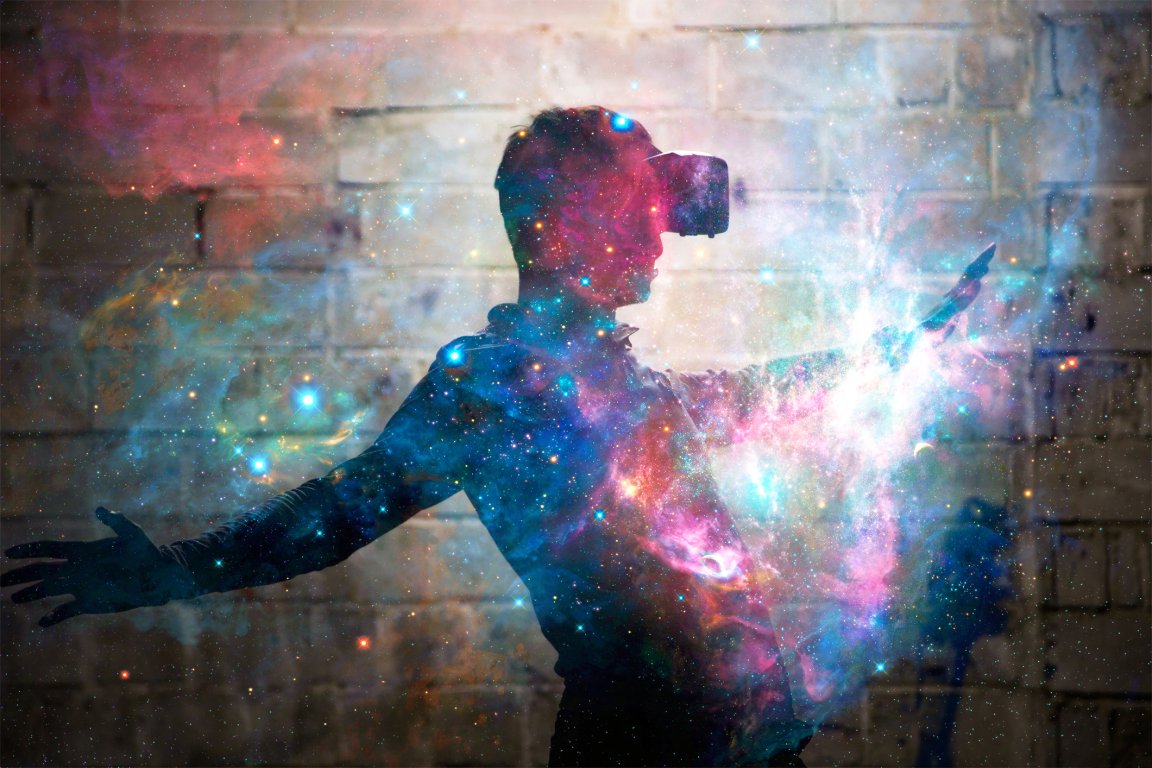
Through two papers released on the arXiv.org preprint server last month, topologist Henry Segerman and his team of collaborators previewed a software the explores a curved universe free of the ordinary rules of geometry. Now, they have released the software so that anyone with a virtual reality (VR) headset can experience that universe for themselves.

Curved spaces feel counterintuitive, but they hold important implications for mathematics, seismology, and Einstein’s theory of relativity as it pertains to gravitational waves. The release of this software means that anyone with a VR device can explore these kinds of spaces for research.
“You can think about it, but you don’t get a very visceral sense of this until you actually experience it,” Elisabetta Matsumoto, a Georgia Institute of Technology physicist and Segerman’s collaborator at Hyperbolic VR, told Nature.
Transforming Our World
VR is set to transform our world in countless ways, from how we tell each other stories to how we interact. VR has made it possible to conduct surgeries that are eerily realistic without ever making an incision. It’s taking ultrasounds to the next level, teaching people how to play musical instruments, and even making cardio more enjoyable. If you’re a gamer, you can now use a VR suit with 16 haptic zones to feel every jolt and landed punch in your game.
VR is peerless when it comes to exploring worlds that would otherwise be inaccessible. You can take a tour of the International Space Station or explore a sandcastle you built. VR is even changing playtime, from Tiny Wheels and Domino Craft VR games to realistic VR pornography.
Next, VR could help mathematicians achieve new breakthroughs by empowering them to see exotic geometries in new ways. Visualizing fractals led mathematicians to discover their underlying mathematics, and now, Matsumoto hopes visualizing exotic geometries through this VR software will be useful as well.